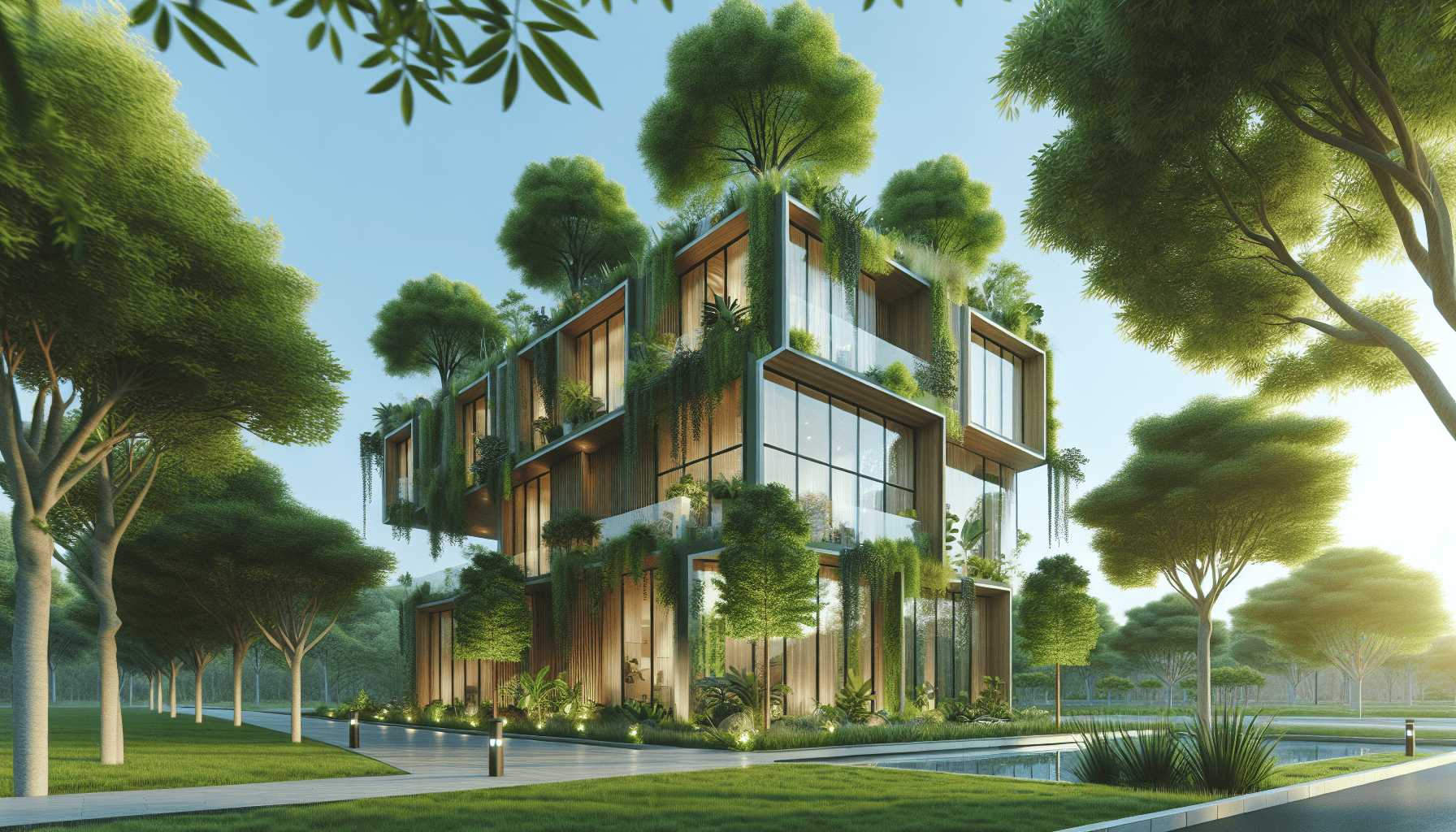In recent years, the construction industry has increasingly shifted its focus towards sustainability, recognizing the critical need to reduce the environmental impact of building activities. Central to this transformation is the adoption of green building materials, which offer eco-friendly alternatives to traditional construction materials.
What Are Green Building Materials?
Green building materials are products that are environmentally responsible and resource-efficient throughout their life cycle. This includes their production, installation, use, and eventual disposal. These materials help decrease the carbon footprint of construction projects and contribute positively to the environment.
Benefits of Green Building Materials
-
Environmental Protection: By reducing the reliance on non-renewable resources, green building materials help preserve natural ecosystems. They often come from sustainable sources and are manufactured through processes that minimize waste and pollution.
-
Energy Efficiency: Many eco-friendly materials possess excellent insulating properties, reducing the need for artificial heating and cooling. This leads to energy conservation, reduced utility bills, and a decrease in greenhouse gas emissions.
-
Improved Indoor Air Quality: Traditional building materials can emit volatile organic compounds (VOCs) and other pollutants. Green materials, on the other hand, are designed to minimize or eliminate these emissions, promoting better indoor air quality and enhancing occupant health and comfort.
-
Durability and Longevity: Eco-conscious materials are often designed for longevity, reducing the frequency of replacements and repairs. This contributes to lower maintenance costs and less waste over time.
-
Resource Conservation: Many green materials incorporate recycled content or are recyclable themselves. This helps in conserving natural resources and reducing the amount of waste sent to landfills.
Popular Green Building Materials
-
Bamboo: As a rapidly renewable resource, bamboo is highly durable and versatile. It serves as an excellent alternative to traditional wood for flooring and structural elements.
-
Recycled Steel: Utilizing recycled steel reduces the need for mining and minimizes energy consumption. It's a robust option for structural support, framing, and roofing.
-
Rammed Earth: Made from natural raw materials, rammed earth creates sturdy walls with excellent thermal mass. It reduces the need for additional insulation in various climates.
-
Reclaimed Wood: Salvaged from old buildings and furniture, reclaimed wood provides a rustic aesthetic while cutting down on logging.
-
Low-VOC Paints and Finishes: These products limit the release of harmful emissions, providing a safer environment indoors and contributing to better air quality.
Challenges and Future Directions
Despite their numerous benefits, sustainable materials can sometimes come with higher upfront costs, making them less accessible to some builders and developers. However, as the market for green materials grows, prices are expected to decline, making them more affordable.
Innovations in bio-based materials, such as mycelium-based bricks and plant-based plastics, hold promise for the future of sustainable construction. As technology advances, the availability of new materials with improved performance and sustainability credentials is likely to expand, offering even more options for eco-conscious builders.
Conclusion
The shift toward green building materials represents a significant step forward in reducing the environmental impact of the construction industry. By choosing sustainable options, builders and homeowners can contribute to a healthier planet while enjoying the benefits of higher-quality and durable structures. The future of construction lies in the conscious selection of materials that balance economic, social, and environmental responsibilities, paving the way for a more sustainable world.
